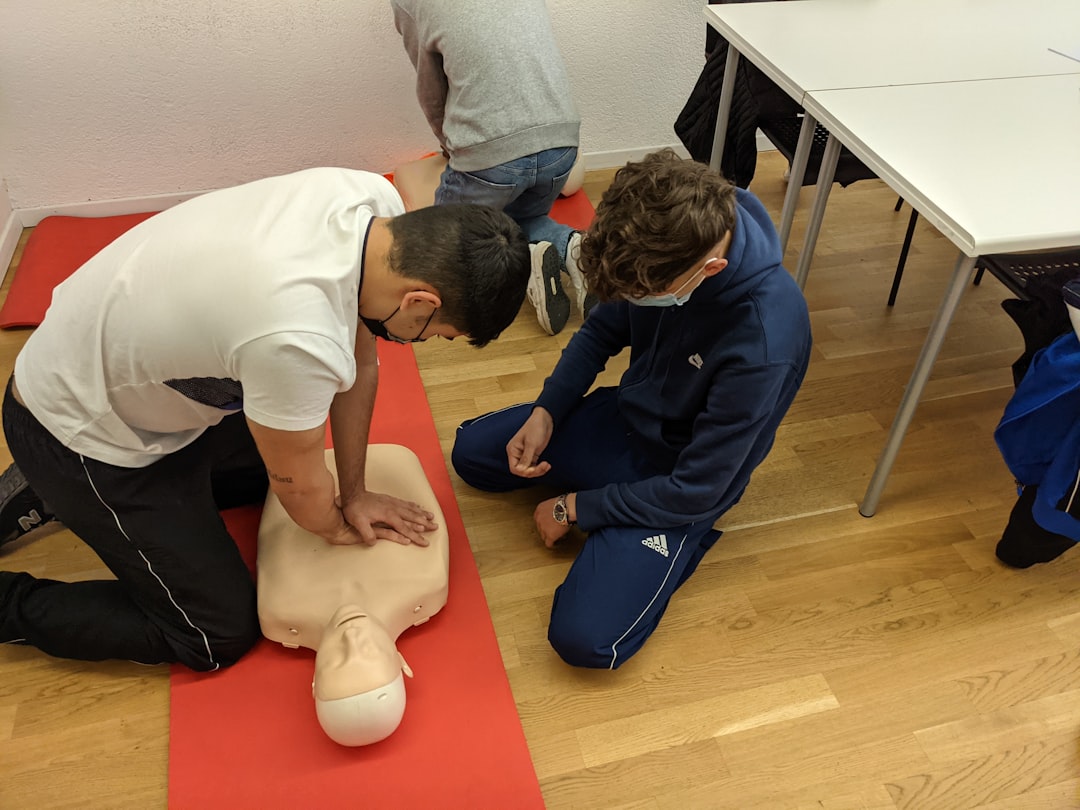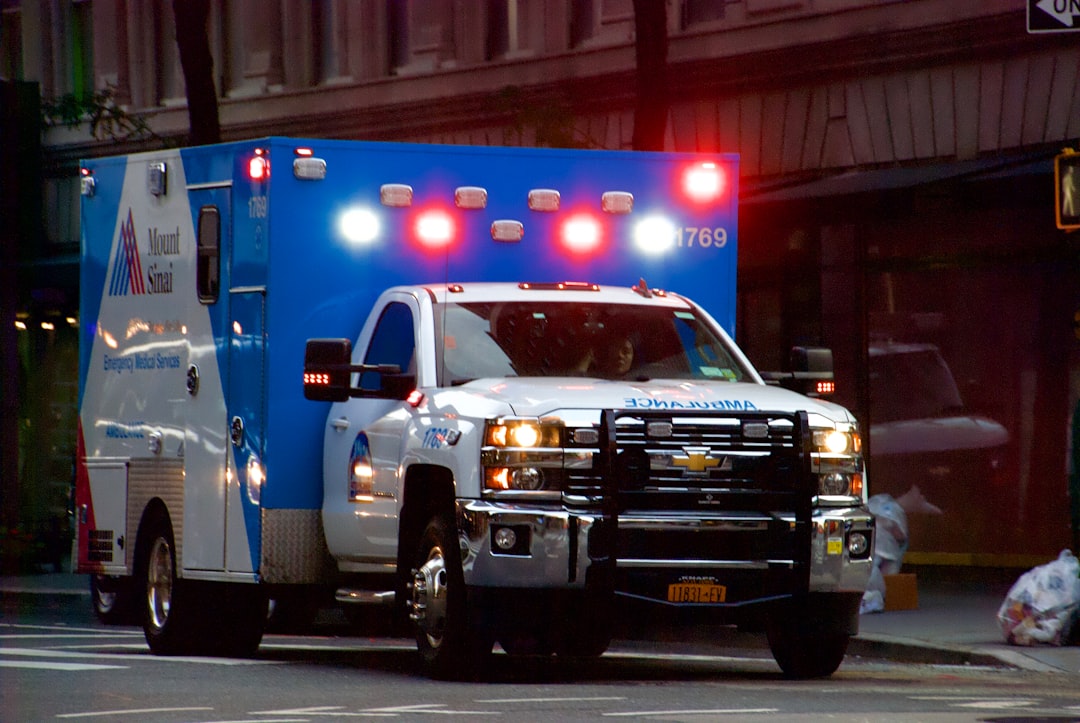If you witness an emergency situation, it is important to take steps to ensure the person’s safety and wellbeing. You should monitor their condition, check their airway, breathing, and circulation, and begin CPR if necessary. Try your best to assess the situation and respond to it quickly. It’s crucial that you call for help as soon as you identify that it’s a medical emergency. Keep reading below for more in-depth information on what to do in these circumstances.
Assess the situation and call for help.
First, try to assess the situation. What is the emergency? What do you need to do? If you can, try to remain as calm and focused as possible. If you witness someone having a medical emergency, for example, you should call for help immediately and monitor their condition closely. Keep an eye on their breathing, heart rate, and blood pressure. If they are having a heart attack, for example, you will want to make sure their heart rate does not get too high or too low. If they are having a seizure, you will want to make sure they do not hurt themselves. If they are unconscious, you will want to make sure they do not choke on their own vomit. Keep the person calm and relaxed. And do not try to move them if they are injured.
Begin administering CPR if necessary.

There are many things that can happen in an emergency situation if you don’t act quality. That’s why CPR first aid AED training is important. And you can easily take an online course to get your certificate. This is a great way to learn more about first aid and brush up on your CPR training in the event of an emergency. If you witness a situation where the person is not breathing, you’ll need to give them CPR. Place them on their back and give them two rescue breaths. Do chest compressions at a rate of 100 compressions per minute. Rescue breaths are a key component of CPR. Repeat this until emergency medical services arrive. When you call for help, the operator typically guides you through this process. But it’s good to have the medical training beforehand in order to feel confident in your ability to administer CPR.
Utilize an AED to revive someone suffering from cardiac arrest.
When a person stops breathing and their heart stops, CPR can help them hang on a little bit longer. But if you can find an automated external defibrillator (AED), this device can be used to shock the heart back into a normal rhythm. If you see someone collapse and they are not breathing, you should first begin CPR. Once you have started CPR, you can have someone else look for an AED. If an AED is available, follow the instructions on the device to shock the person’s heart. A medical operator can also guide you through this process until an ambulance arrives. The electric shock from the defibrillator helps restart the heart.
Wait for an ambulance or emergency vehicle to arrive.

Waiting for an ambulance to arrive is a good course of action in an emergency situation. Ambulances are staffed by medical professionals who are trained to deal with all kinds of medical situations, and they have the necessary supplies and equipment to provide treatment. If you try to handle the situation on your own, you may not have the knowledge or supplies to provide appropriate care, which could lead to further injury or even death. Additionally, if you call for an ambulance, you can be assured that everything will be handled as quickly and efficiently as possible.
Emergency situations can be terrifying and life-threatening. But with proper training and the right skills under your belt, you can navigate these situations with ease.
